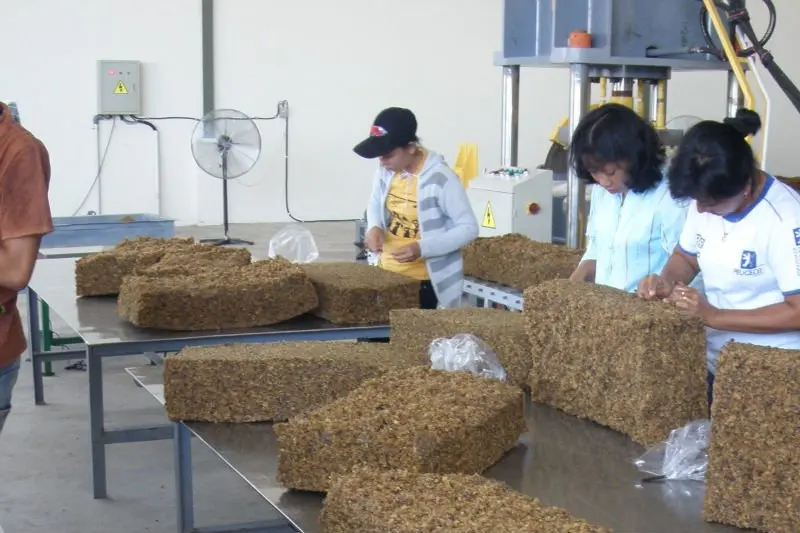
The paper also discusses risk communication and management approaches, as well as the need to expand the knowledge base around artificial turf and move toward a more community-based decision-making process.Īrtificial turf: Contributions and limits of health research in decision making (Eykelbosh 2019) This article, and the accompanying presentation delivered at the 2019 Public Health Association of BC Conference, briefly reviews recent human health risk assessments on artificial turf and discusses the expected contributions of several major upcoming projects. NCCEH ResourcesĪrtificial turf: Contributions and limits of toxicology in decision making (Eykelbosh 2019) Links to several previous comprehensive reviews of artificial turf and its health effects are included here, as well important upcoming research that aims to fill critical data gaps. The following resources have been assembled to help explain the types of evidence available, its strengths and limitations, and the data gaps yet to be filled. While there may be public concern over artificial turf, the evidence to support decision-making on the use of these materials has critical gaps. However, concerns have been raised regarding cancer and other health risks from exposure to the chemical constituents of artificial turf blades and crumb rubber infill, which include heavy metals, volatile organic compounds (VOCs), and polycyclic aromatic hydrocarbons (PAHs).

This product is thought to play an important role in urban environments by increasing play space, reducing injuries, allowing play under adverse weather, and at the same time decreasing water use compared to natural turf.
Crumb rubber professional#
Modern artificial turf is used indoors and outdoors in a wide variety of settings, including multipurpose recreational and professional sports fields, playgrounds, residential areas, and public streetscapes (base of trees, sidewalks), and public parks.


 0 kommentar(er)
0 kommentar(er)
